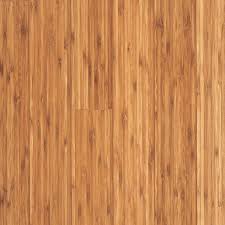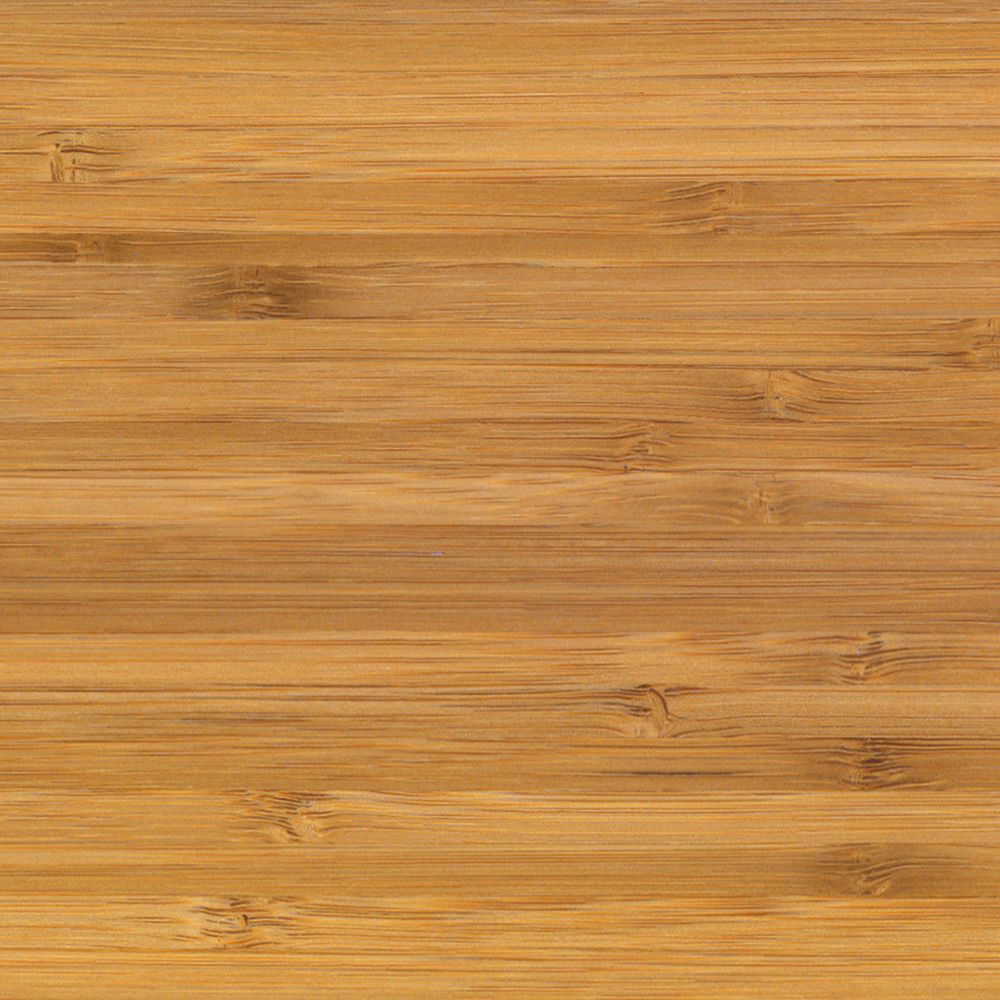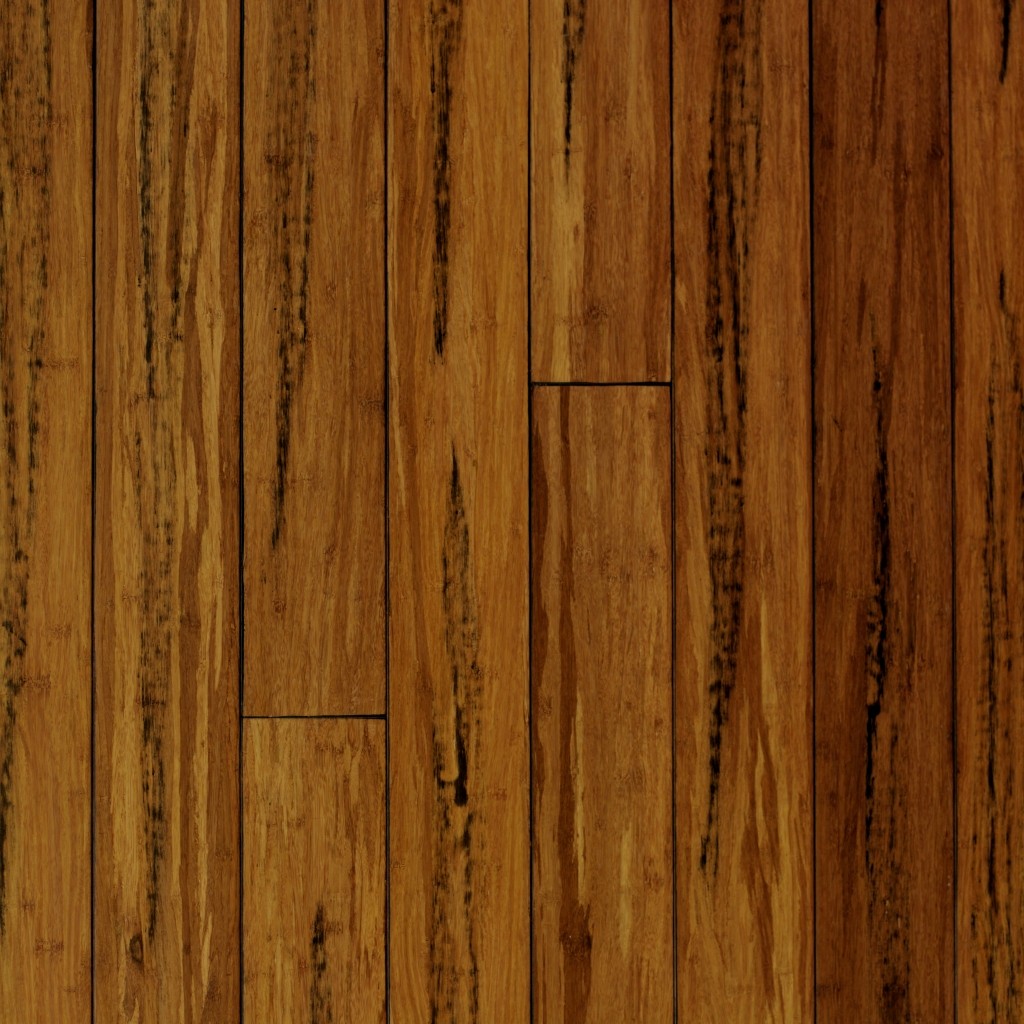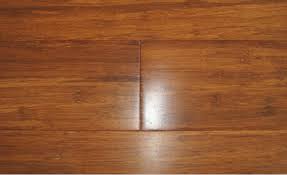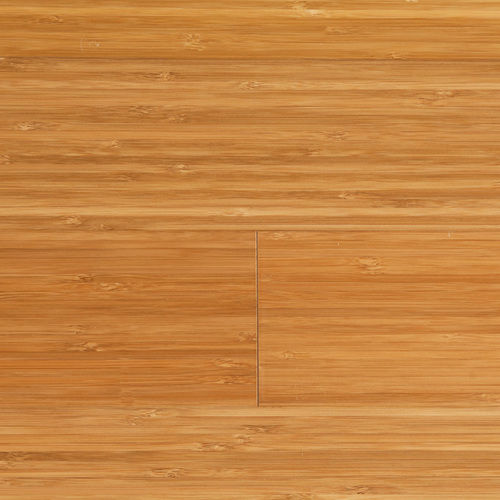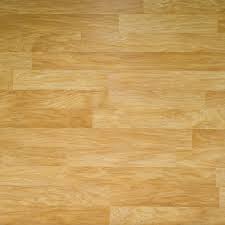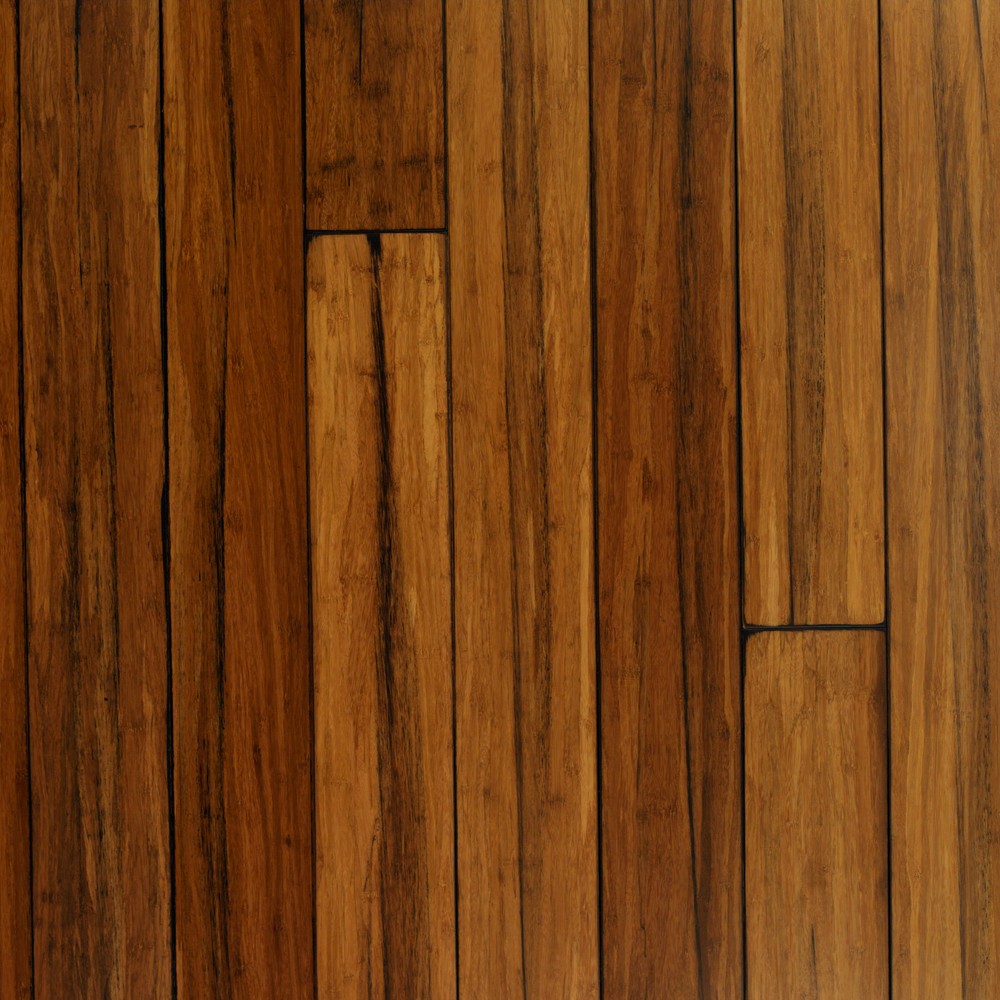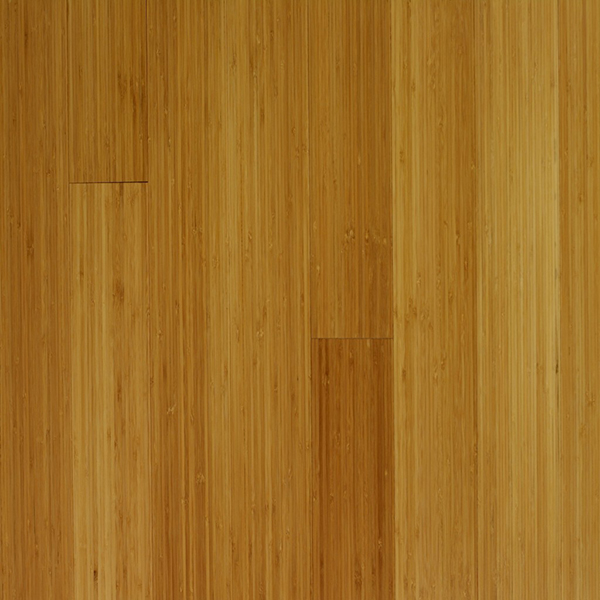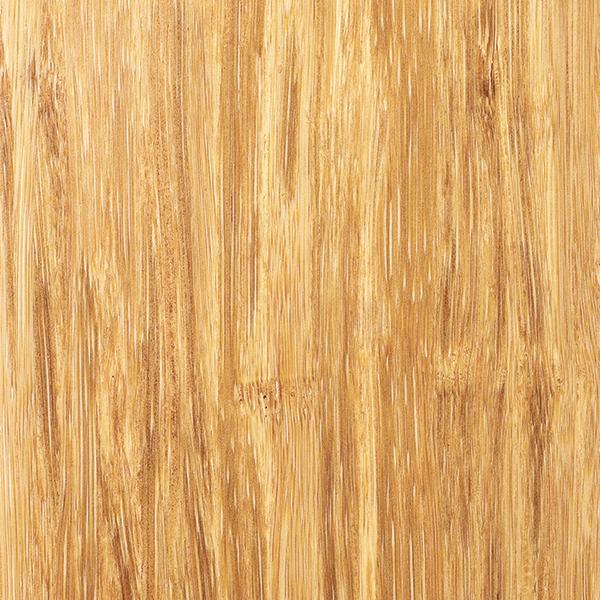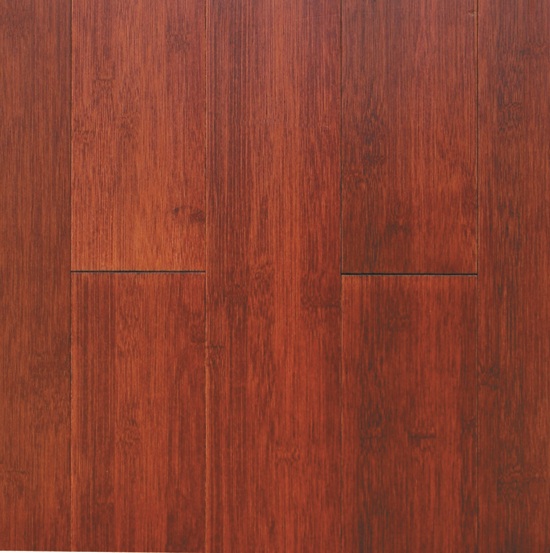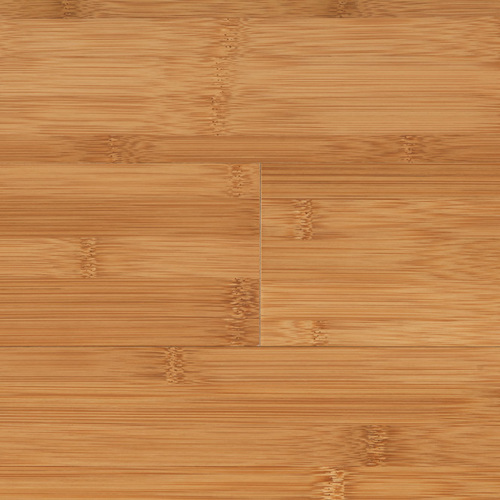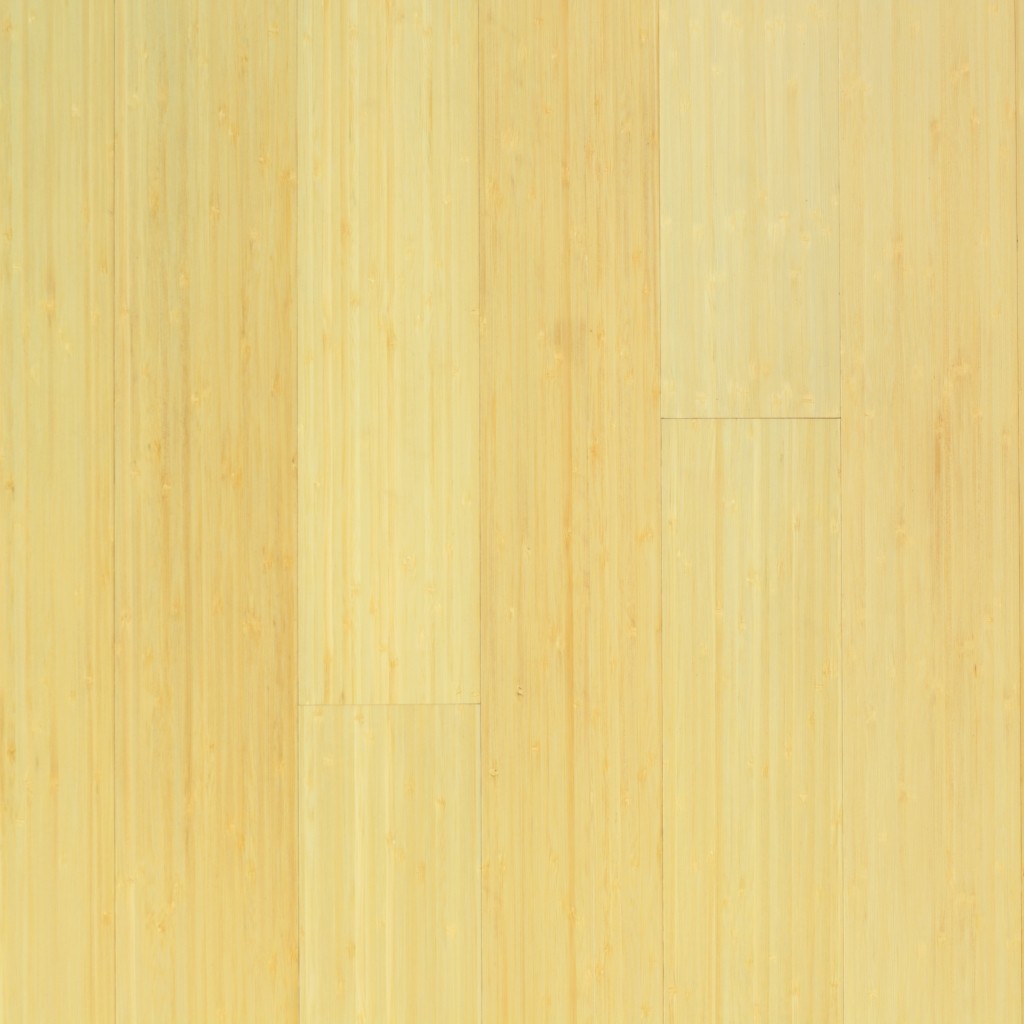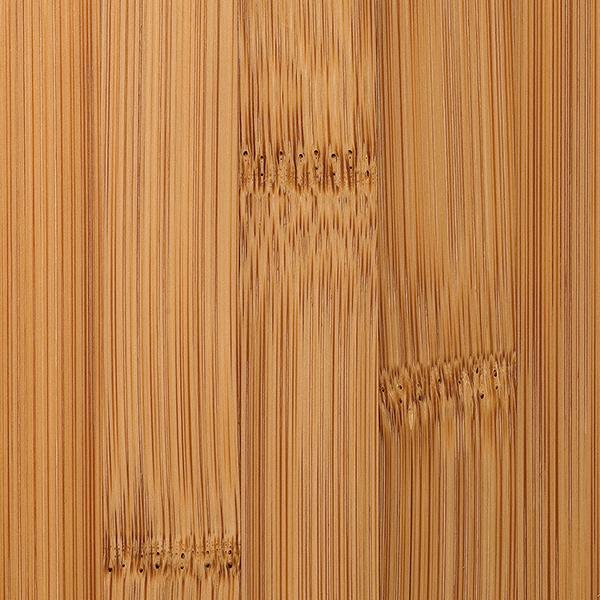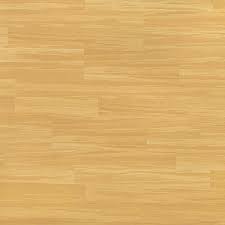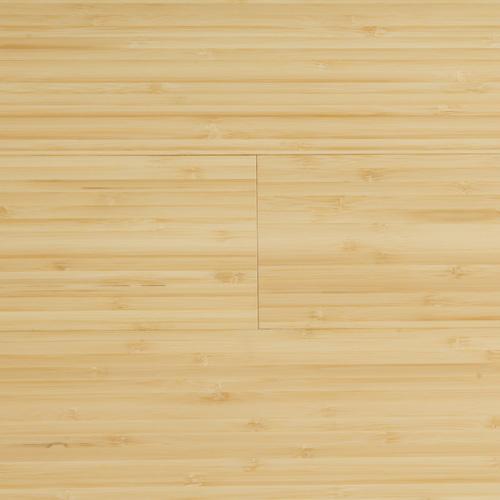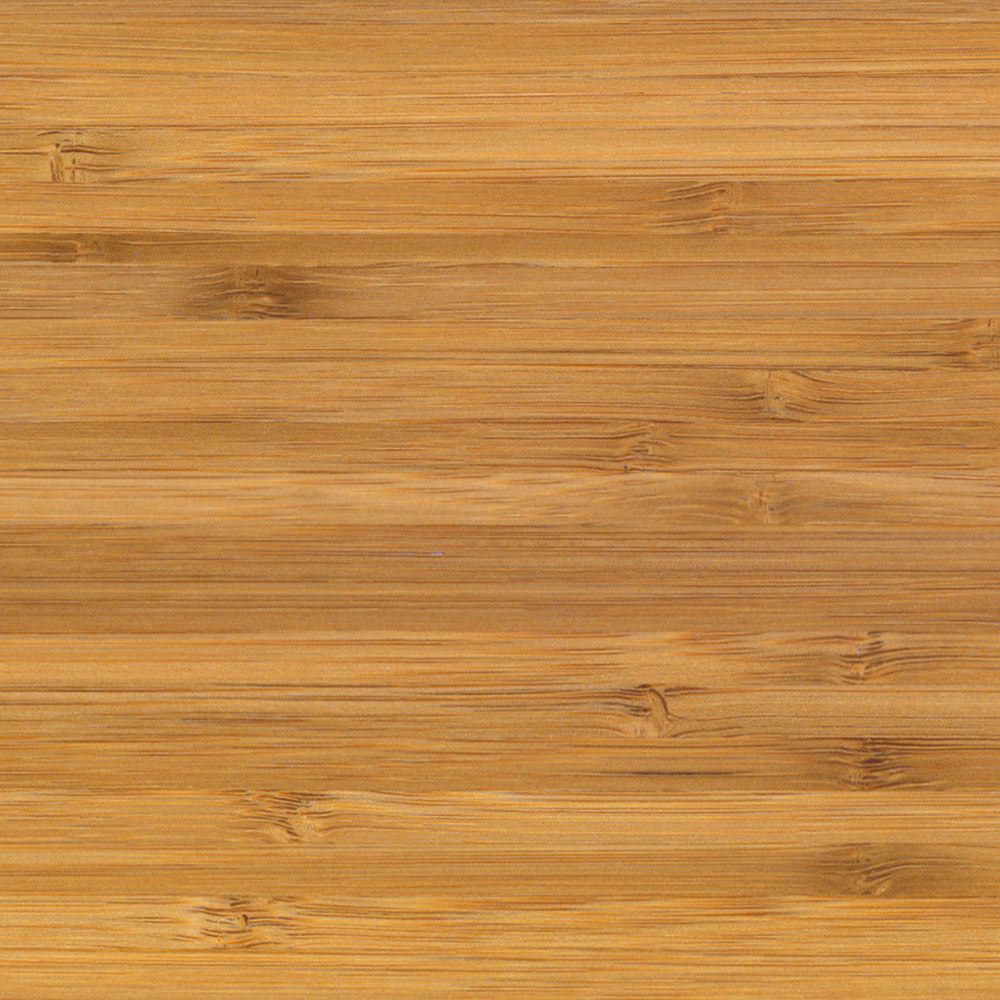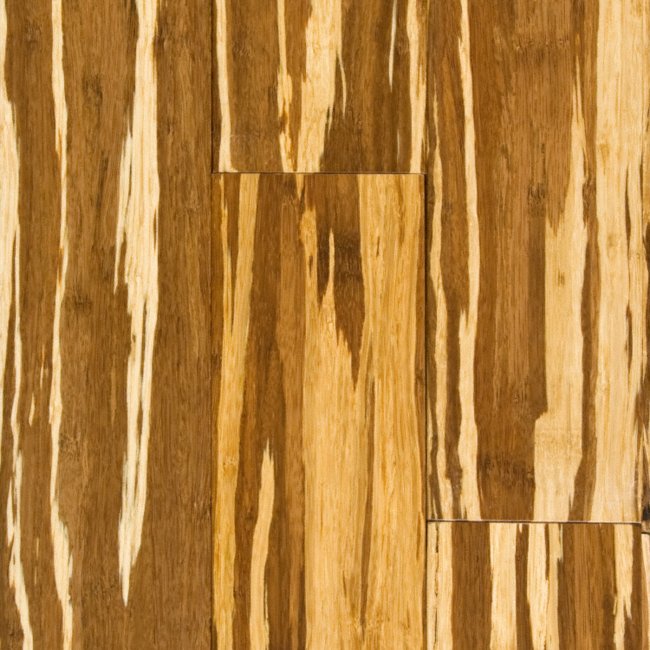Bamboo Flooring
What is Bamboo? Bamboo is a highly renewable natural resource because it is one of the fastest growing plants on earth. Where trees can take twenty to one hundred and twenty years to grow to full maturity, bamboo is a grass, and it can reach its full height in as little as three to five years. It is a relatively hardy and easy to maintain plant, and it can be harvested without removing the root, which means that it does not have to be replanted each season.
Bamboo flooring installations have the look, feel, and many of the characteristics of hardwood materials, they are actually made from a type of grass. Bamboo is a perennial evergreen which is also a member of the true grass family. It is grown primarily in southern and eastern Asia where it is an important part of the local economy.
The traditional method of making Strand Woven Bamboo Flooring involves first taking the stalks of the bamboo plant and slicing them into thin strips so that they can be treated for insects or vermin. Often the material will be boiled, or dipped in borax. The material is then shredded into fibers and mixed with an adhesive. The fibers are pressed together into blocks using heat and pressure. Once the blocks are formed the material is cut down into usable plank sizes. It is then thoroughly sanded, and any applicable stain or finish is applied at that point.
The other type of bamboo flooring Solid Bamboo Flooring is manufactured in a complex process that begins by slicing the stalks of the plants into thin strips of a certain length. The outer skin is removed, and the strips are boiled in boric acid to remove any starches that may be present. The material is then laid out to dry.
The natural color of bamboo is a soft, light tan color; however it can be darkened using a process known as carbonization. This is where the raw material is steamed using a controlled blast of pressure and heat which causes its surface to take on a darker, richer hue. Unfortunately this process can also reduce the durability and hardness of the bamboo. Whether carbonized or not, the bamboo slices are then kiln dried. The strips of bamboo are then coated in an adhesive resin, and are then pressed together either horizontally, with the flat strips laying atop one another, or vertically, with the strips stood on end and pressed together from either side. This presses the individual strips together into a solid and durable plank. The bonded strands are then pressed in heat binders to dry the adhesive and join the disparate strands. The raw material is then planed and sanded down into the final planks that will be used as flooring material. A light, UV lacquer is then applied to the planks to assist in the curing process. Finally the planks are sanded to a smooth finish, and any finish that is desired is applied.
With Engineered Bamboo Flooring the stalks are still sliced, treated, and adhered together as is done for solid bamboo flooring. However after this is complete, the solid planks are then sliced down into thin horizontal layers. These slices are then installed on a backing material such as plywood or fiberboard using heat, pressure, and adhesive.
Health Alert: Unfortunately the urea-formaldehyde adhesive used in the process of adhering the bamboo fibers or strips together emits volatile organic compounds, known as VOC’s which can be harmful to the quality of the air in an interior space. The amount of adhesive used, and its toxic effects, will vary depending on the manufacturer of the material. In some cases the VOC’s emitted will be less than those found in manufactured carpeting. That is why at Rite Loom we feel it is important be sure that your bamboo flooring was produced according to the highest environmental standards.
Selected Bamboo Flooring Samples
Click on the image to view a slideshow


